I have already indicated in other opportunities my intimate relationship with the countryside, it began when I was nine (9) years old, by that time I used to travel with my grandfather Pablo Izaguirre from Caracas to a small town called San Casimiro, located in the state of Aragua - Venezuela, there my grandfather had a pig farm.
Then my father bought some land, 2,500 hectares in the state of Guárico, the largest plains state in the center of the country.
At the age of 16 I said goodbye to my beloved Caracas, the city where I was born, and moved to Maracay where I came to study Agronomy. I have never left Maracay, I have traveled almost all over my country and I keep my family residence in this city.

Let's talk about Agriculture
Agriculture is the relationship between man and nature, it is man's dominion over the earth and that dominion begins when he changes his way of obtaining food sustenance, when he moves from hunting, fishing and gathering fruits to planting or cultivating plants.
According to the subject studied, General Agriculture, the beginning of this is located between 4 and 10 thousand years between New Guinea and the Middle East, where the cultivation of cereals and leguminous plants was known.
The history of agriculture then points to other important points of development, such as China and the Americas, all of which are independent, that is to say, unrelated to each other.
What is certain is that man learned to select the type of plants that could be collected and save their seeds, becoming the first step in what is today the selection and production of seeds.
The matter indicates us that probably the first plant cultivated by the man was the Taro, Colocasia esculenta, in New Guinea, it is known in our country as Chinese Ocumo, I learned to eat it during my stay in the eastern states of Monagas and Sucre.
In the Middle East, from present-day Israel to Iran, barley, wheat, chickpeas and lentils are grown. (Cereals and Legumes)
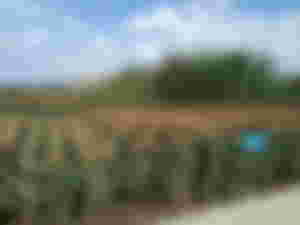
In Europe, Oats and Rye were established; in Africa, Okra, Sorghum and Yam.

Then, about 500 years later, that is, about 8,500 years ago, a diversity of crops were established in China, such as Millet, Lentils, Cabbage, Turnip, Rice, Mandarin, Beans, Sugar Cane and Banana.
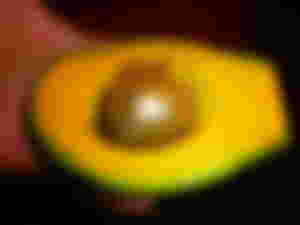
Around the same period of time, in what is now Central America, man cultivated Avocado, peppers, corn and beans.

Thus, our history of agriculture shows us that in our South America the crops of sweet potato, cassava, pineapple, potato and quinoa (Chenopodium, chile) were established. Potato and Quinoa (Chenopodium quinoa), or false cereal.

Thus we arrive to our North America where the Sunflower and the Pumpkin are established. We were far from imagining that with the passing of time this area would become an immense food production machine.

Diffusion of Agriculture around the World
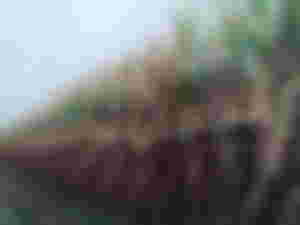
Man in his transit and constant migration brings with him agriculture to new regions, this movement is more significant in the East-West direction than in the North-South direction. The clearest example is the movement of crops such as Corn and potatoes in our continent, which was very slow. The opposite of the other axis or direction, whose dispersion was favored by the processes of conquests and wars.

In the next writing I will be talking about cereals and other things.
I will always be grateful to my first professor of Agriculture, Dr. José Vicente Agüero.
Original photographic support and writing by oizaguirres for read.cash.


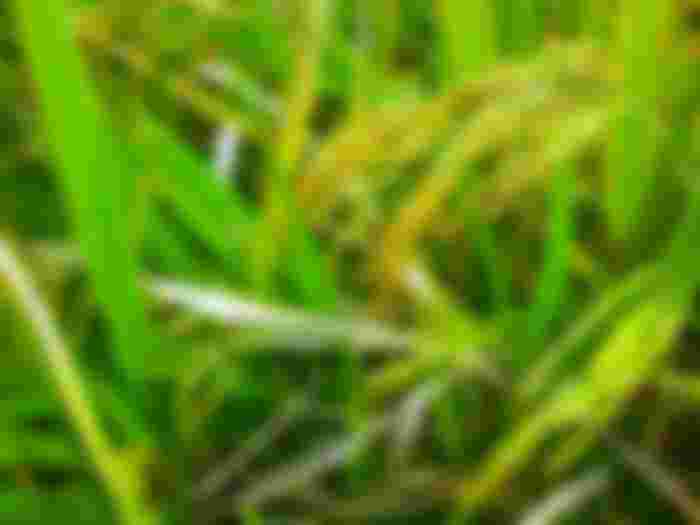
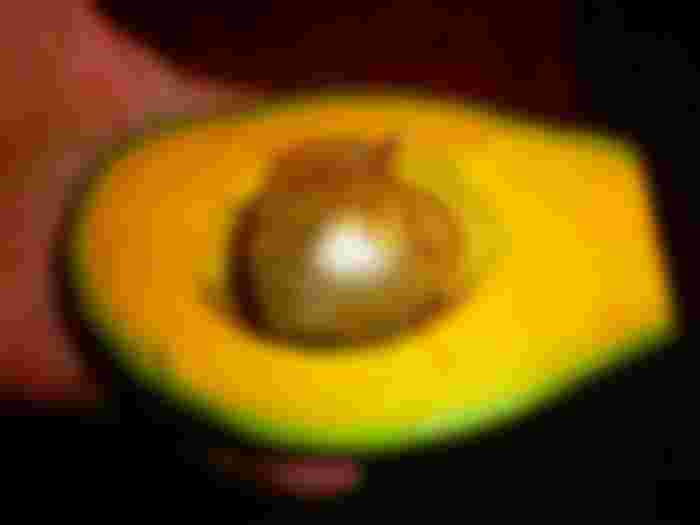
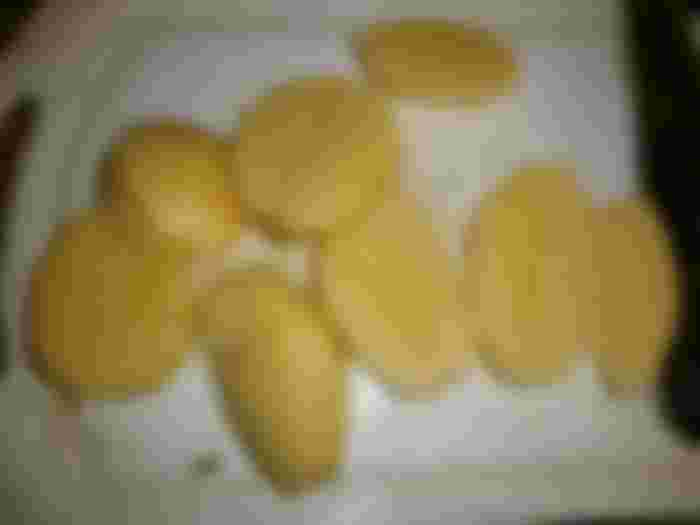
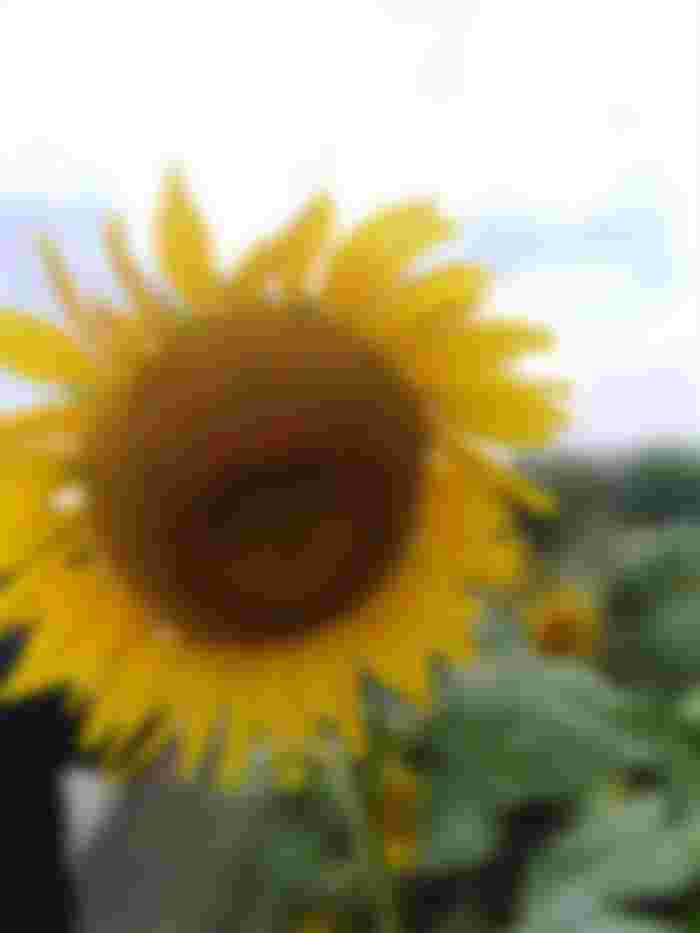

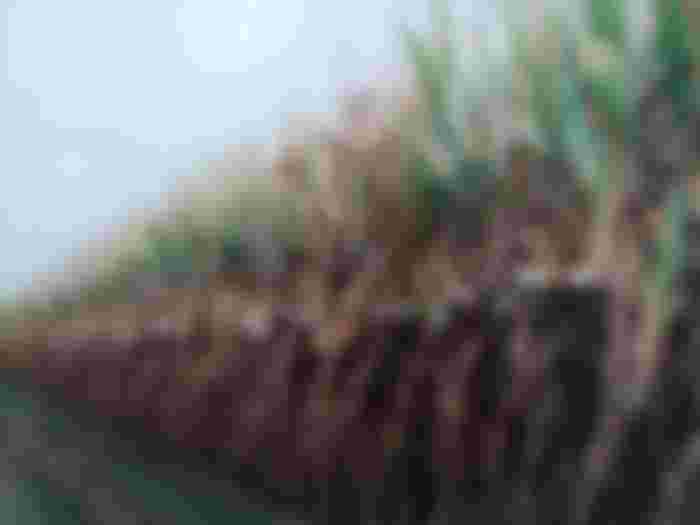

You have shared a beautiful article. I like this kind of article very much. Here are some beautiful pictures